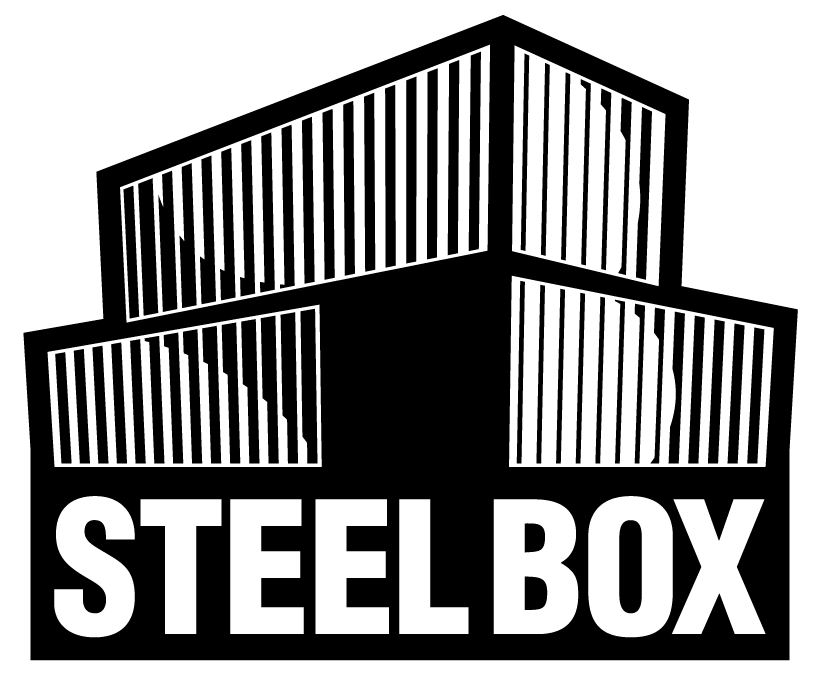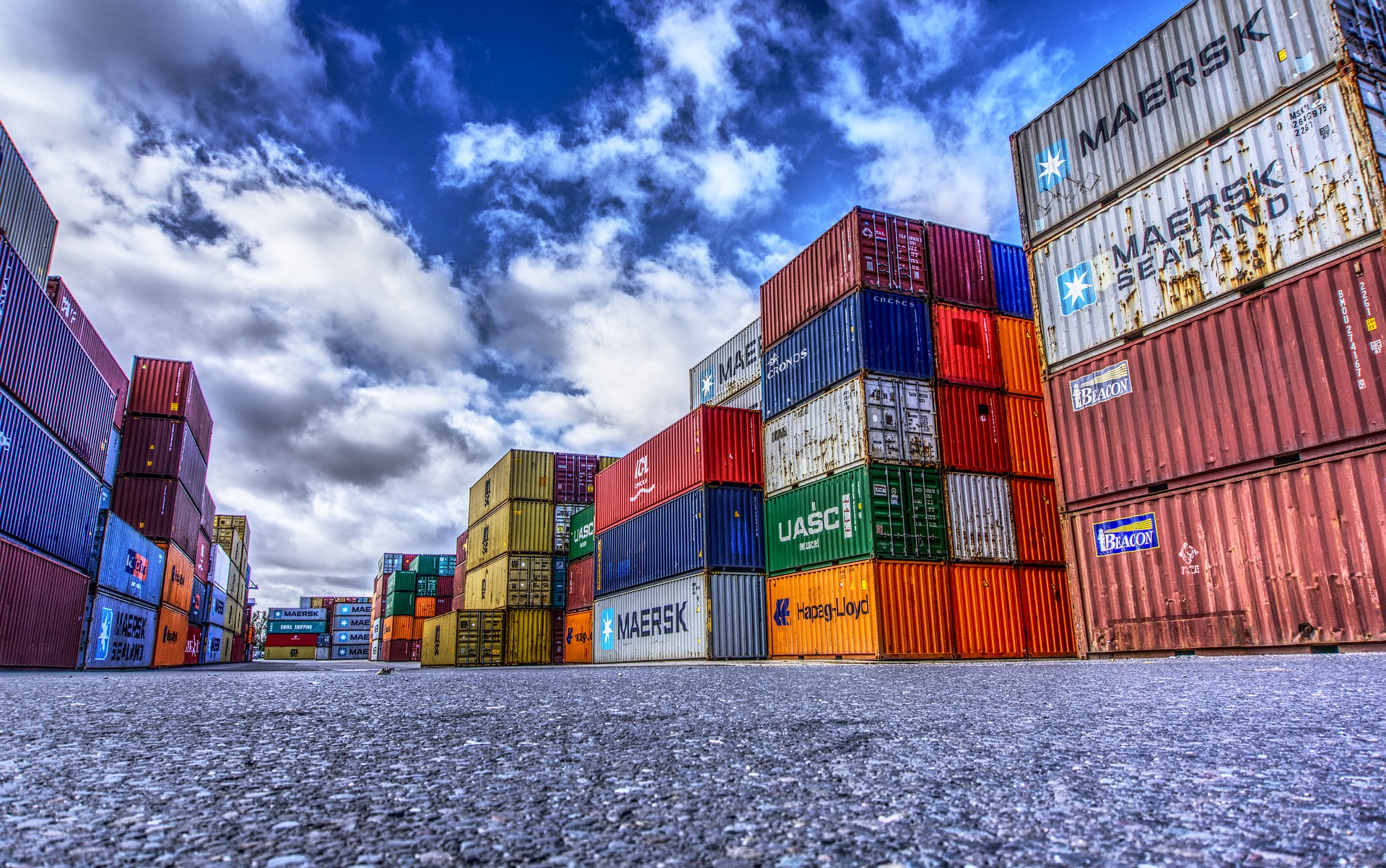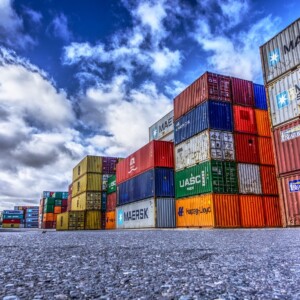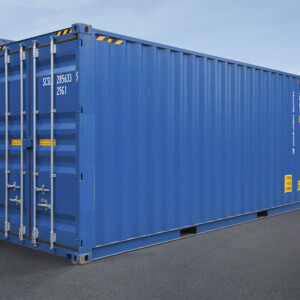Reefer containers or refrigerated containers are essential for the long-distance transportation of perishable goods in the logistics and international trade industry. According to P&S Intelligence, reefer container usage is expected to grow 8.8% annually through 2030. Because of their controlled environment, temperature-sensitive cargo such as food, pharmaceuticals, and chemicals arrive fresh and safe. Discover the world of reefer containers, their advantages, and their practical uses.
What is a Reefer Container?
A reefer container is a highly specialized shipping container designed to transport sensitive cargo requiring temperature control. It can control the container’s temperature, humidity, and ventilation levels. The primary purpose of reefer containers is to preserve the quality and freshness of perishable goods during transportation. Using temperature ranges, refrigerated containers can transport sensitive items like fruits, vegetables, and dairy, ensuring they arrive at their destination in optimal condition.
Features of Reefer Containers
Reefer containers have state-of-the-art features that allow optimal temperature and humidity control. They’re constructed with high-grade materials insulating and safeguarding cargo against external temperature changes. With specialized refrigeration systems, refrigerated containers can regulate temperature and adjust heating or cooling based on specific cargo needs. Additionally, they possess top-of-the-line temperature control systems, ventilation mechanisms, and monitoring devices to ensure accurate and continuous monitoring of the cargo’s condition.
Benefits of Using Reefer Containers
Regarding shipping perishable goods internationally, reefer containers are a game-changer. They keep products fresh and reduce spoilage during long-distance transport, opening new markets for producers and suppliers. In addition, refrigerated containers provide top-notch protection for fragile cargo, ensuring high-quality standards and minimal product loss. They also create a safe, dependable environment that shields goods from harsh external conditions such as extreme temperatures and humidity levels. Last but not least, these containers simplify the logistics process by providing efficient handling and storage options, effortlessly transitioning from ships to trucks or trains.
What Reefer Containers Are Used For
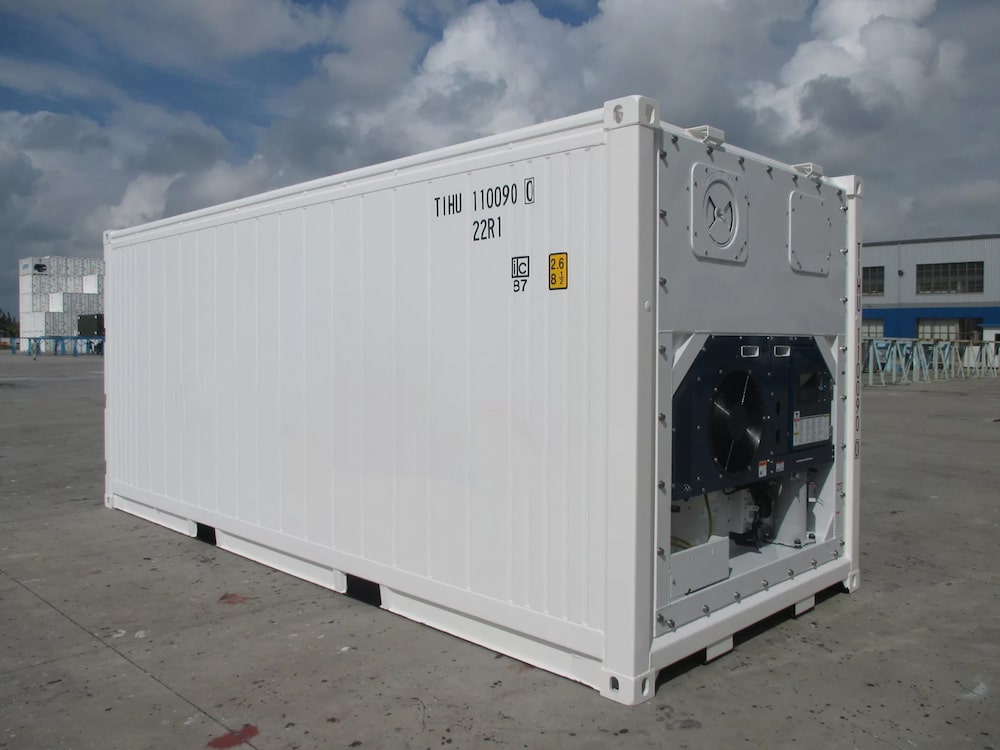
Reefer containers are widely used across various industries that deal with perishable goods.
Storage
Reefer containers are used for storing temperature-sensitive items like food, flowers, and drinks.
Sporting events, fairs, and festivals use them to store their perishables.
Food Industry
Primarily, the food industry relies on them to transport fresh produce, seafood, meat, and dairy products across continents. Bakeries, butcher shops, meat markets, restaurants, and breweries benefit from reefer containers.
Pharmaceutical Companies
They are also vital in the pharmaceutical industry, enabling the strict temperature control required for shipping vaccines, drugs, and other temperature-sensitive medical supplies. The reefer container market is expected to grow 12.5% a year for the pharmaceutical industry until 2032.
Chemical Industries
Chemical manufacturers also rely on reefer containers to transport certain chemicals that require specific temperature regulations. Their versatility and reliability make refrigerated containers indispensable for industries dealing with perishable goods.
How Do Reefer Containers Work?
Refrigeration in reefer containers can be accomplished through two main methods: air refrigeration and water refrigeration. Let’s explore each method:
Air Refrigeration
Air refrigeration systems use an effective cooling mechanism within the reefer container. The system includes a refrigeration unit installed on the container’s exterior. The unit draws in and cools ambient air before circulating it throughout the container to maintain the required temperature. The air circulates through evaporator coils.
Water Refrigeration
Water cooling systems, also called water refrigeration systems, use water to cool reefer containers efficiently. The system connects a refrigeration unit to a water source and circulates chilled water through pipes or coils inside the container. This chilling process absorbs heat from the cargo, maintaining the desired temperature and preventing spoilage. As a result, heated water exits the container and is subsequently cooled before re-entering the system. This system keeps the contents of refrigerated containers chilled and safe during transport.
Refeer Container Dimensions
Reefer containers are versatile shipping solutions that vary in size, catering to different cargo volumes and transportation requirements. The refrigerated containers are available in multiple sizes, but the most commonly used ones are:
20-foot Reefer Container: a practical and space-efficient option for temperature-controlled shipping. This container is approximately 17.9-feet long, 7.5 feet wide, and 7.4 feet high. With a roughly 2,093 cubic feet storage capacity, it offers ample space without taking up too much room. As a result, this container is an excellent choice for transporting perishable goods on a smaller scale.
40-foot Reefer Container: a popular choice for businesses transporting perishable goods. Measuring approximately 37.9 feet long, 7.5 feet wide, and 7.4 feet high, it offers ample space for your cargo. With an internal capacity of around 2,380 cubic feet, a 40-foot reefer container ensures that your goods arrive at their destination in optimal condition.
| Size | 20ft | 40ft | 40ft HC |
| Internal Length | 17.9ft | 37.9ft | 38.0 ft |
| Internal Width | 7.5ft | 7.5ft | 7.5 ft |
| Internal Height | 7.4ft | 7.4ft | 7.9 ft |
| Payload | 61,078 lbs | 65,080 lbs | 65,080 lbs |
| Cubic Capacity | 2,093 cu ft | 2,380 cu ft | 2,380 cu ft |
What are Gensets in Reefer Containers?
- Reefer gensets are specialized power units that provide electricity to refrigerated containers.
- They are typically mounted on trailers or skids, making them easily transportable and compatible with different transportation vehicles.
- The primary purpose of reefer gensets is to supply electrical power to the refrigeration system of the reefer container.
- Their power output is tailored to match the specific needs of the refrigerated container.
- Reefer gensets provide a reliable and independent power source, ensuring that refrigeration systems remain operational during long-haul transport operations.
Common Reefer Container Modifications
Reefer containers can easily be modified to cater to specific needs and requirements. From temperature regulation to specialized storage solutions, there are endless possibilities. Here are some popular modifications available for refrigerated containers:
Temperature Controls
Reefer containers have adjustable temperature settings to accommodate different temperature requirements for various cargo types. Reefer containers typically provide temperature ranges from -30°C to +25°C. Allowing for the necessary temperature ranges to be set to cater to the distinct goods they transport.
Insulation
Increase efficiency and decrease heat transfer in your reefer container by adding extra insulation to the walls, floor, and ceiling. This helps maintain more consistent temperatures within the container during transit.
Partitioning and Shelving
Increase the effectiveness of your storage and organization by installing partitions and shelves within your reefer container. This simple modification allows for efficient compartmentalization and separation of cargo types, resulting in a more streamlined and organized operation.
Lighting and Electrical
Improve visibility and power up your equipment with added lighting fixtures and electrical outlets inside your container. This modification is highly beneficial for operations that require you to work within the container. Ensure a conducive work environment and make the most out of your space with these upgrades.
Ventilation Systems
Ventilation systems can be fitted in reefer containers to regulate air circulation and humidity as per cargo needs. This ensures an ideal environment for delicate commodities like flowers and fresh produce.
Security Features
Reefer containers can now have various security features to safeguard their precious goods during transit and storage. These features include lock systems, security cameras, and alarms, providing comprehensive protection for your valuable cargo.
Conclusion
Reefer containers transform how perishable goods are transported and delivered, guaranteeing that they arrive at their destination in impeccable condition. Thanks to their advanced functionalities, accurate temperature management, and consistent efficiency, reefer containers have become essential to international commerce, supporting diverse fields such as food, pharmaceuticals, and others. By adopting this cutting-edge technology, companies can escalate their global reach while preserving quality standards across the supply chain.

